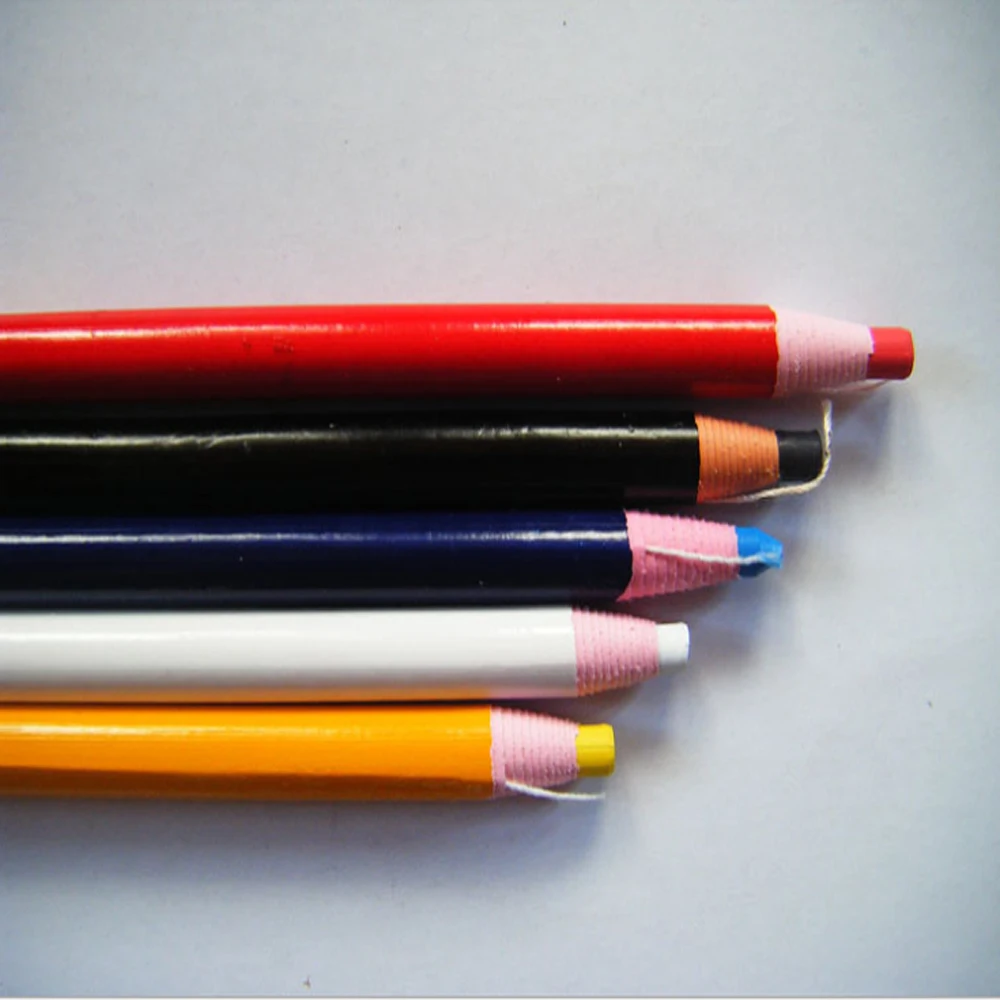

Grease pencils are also commonly used by fire brigades in the United Kingdom. In the days when broadcast studios had a library of LP records, a track which was prohibited from public performance could be defaced by a wavy white or yellow chinagraph line, giving a visible warning to the presenter as well as making that track unusable. They have largely been replaced by digital displays in the modern era. The information would be continuously updated as the situation changed. As information came in from radar and radio operators, technicians would take details of aircraft locations, vectors, weapons and fuel status and other information and write it in reverse on a large, clear panel of glass, which was readable to the officers on the other side of the panel. Grease pencils were also widely used during the mid-20th century in aircraft control centers, military radar defense system stations on land and in aircraft carriers in particular. They were also used to mark glassware, during production (the original Chinagraph is so-named for marking porcelain during manufacture) and in medical or scientific applications. They are also favored among some traditional artists. It is often used as a construction or handyman's marking tool as it rarely scratches the surface it is used on.

It is also used to label theatrical lighting gels. Surfaces used with grease pencils include porcelain, glass, rock, polished stone, plastic, ceramics, acetate, and other glazed, lacquered or polished surfaces, and metal, as well as the glossy paper that is used for photographic printing (particularly for contact sheets), x-rays, maps, and for marking edits on analog audio tape and film. More recently, it has been produced in propelling form, essentially similar to a mechanical pencil, this type in particular being associated with knee boards employed by NATO aircrew. Other types are covered in paper and sharpened by pulling a string to peel off the paper, needing no additional tools to remain functional. The outer casing may be made of wood (like an ordinary pencil) and sharpened with a knife or pencil sharpener. Grease pencils are available in several forms.

Marks made by grease pencils are resistant to moisture and can usually be removed by rubbing the marked surface with a paper towel. This pencil is usually made from non-toxic opaque wax (such as paraffin, beeswax, ceresin, carnauba or spermaceti wax) that is similar to a crayon but stronger. The grease pencil, a wax writing tool also known as a wax pencil, china marker, or chinagraph pencil (especially in the United Kingdom), is a writing implement made of hardened colored wax and is useful for marking on hard, glossy non-porous surfaces. Two grease pencils Historical diplomatic usage

JSTOR ( July 2018) ( Learn how and when to remove this template message).Unsourced material may be challenged and removed. Please help improve this article by adding citations to reliable sources. This article needs additional citations for verification.


 0 kommentar(er)
0 kommentar(er)
